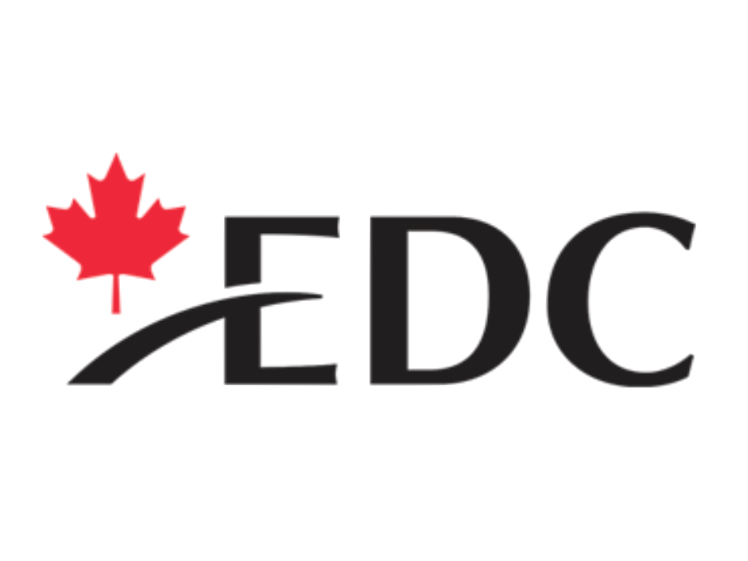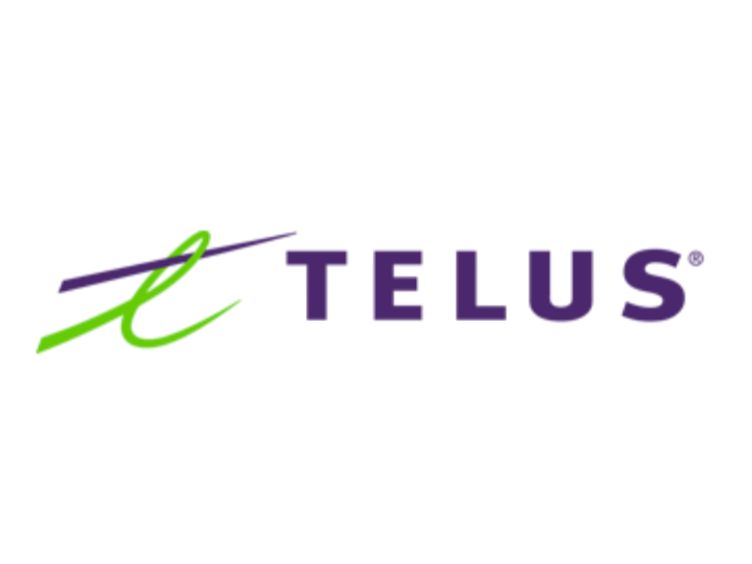Workplaces can support employees by providing flexible work options, parental or dependent leave, childcare support, and designing inclusive facilities.
Workplace flexibility occurs when employers and employees work together to determine agreeable adjustments to standard working arrangements. Changes to work schedule, location, and conditions are designed to better accommodate employees’ needs and preferences, oftentimes improving employee wellbeing and allowing for a more holistic balance between work and personal life. Businesses that adopt flexible work arrangements tend to enjoy the following benefits:
- Recruitment and retention of talent
- Increased workplace diversity
- Reduced absenteeism
- Improved employee engagement, morale, and productivity
Workplace flexibility is gradually becoming a more common practice across Canada. The Conference Board of Canada reported that 86% of surveyed companies offer at least one type of flexible work arrangement; flexible working hours is the most common practice. However, the use of other types of arrangements is still limited. Workplaces can do more to support employees by expanding flexible work options (e.g. customized hours, remote work, part-time work, compressed workweek, job sharing, gradual retirement, sabbaticals), extending parental or dependent leave, introducing childcare supports, and designing facilities that support the needs of individuals.
Success Factors for Workplace Flexibility
- One size does not fit all. Determine what flexibility means to all employees in your organization and its applicability by analyzing job requirements and job descriptions. Regularly assess the use of these options, accommodate to individual needs, and update policies based on employee feedback.
- Formalize an inclusive workplace flexibility policy and apply it consistently. As noted during company consultations, managers or team leaders often have decision-making power over the use of workplace flexibility. Increase their awareness about the organization’s position on the topic, the benefits, and relevant policies.
- Ensure workplace flexibility is available for all employees regardless of where they work, what job they hold, and their motivation for utilizing these types of arrangements. Provide all employees with necessary resources, tools, technology, training, and support to ensure they are equipped to successfully utilize flexible work options.
- Encourage men to take the lead – especially when it comes to parental leave. When men take parental leave, the penalty on women’s pay or advancement that occurs when they take parental leave can be reduced. The Government of Canada has implemented the Employment Insurance Parental Sharing Benefit that allows for five to eight weeks of shared parental leave to allow for a more equal distribution of childcare responsibilities.
Good Practices in the Private Sector

BASF fosters work-life balance by offering benefits tailored to every stage of life. When it comes to supporting parents, BASF provides mothers and fathers with paid parental leaves up to 100 percent of salary for 17 weeks, and academic scholarships.

Export Development Canada (EDC) supports new mothers and fathers through maternity (during pregnancy) and parental (after birth) top-up of up to 95% of salary. Additionally, building on feedback from employees, EDC gives those on parental leave the option to choose the level of contact they wish to receive from their leader, and to keep their mobile phones and tablets.

TELUS’ Work Styles program gives employees the flexibility to work from a hybrid office and remote setting. This flexibility strengthens employee accountability, ownership, control, and ultimately, engagement. TELUS has seen clear results from supporting flexible work such as savings in real estate and reductions in travel expenses. In 2018 alone, TELUS avoided over 18,500 tonnes of carbon dioxide emissions and reduced 2.9 million hours of commuting time.
Recommendations for Workplace Flexibility
- Establish trial periods or pilot programs to test flexible work options and review results. Participants should be departments, teams, or individuals who are invested in advancing workplace flexibility to effectively shed light on key benefits and potential challenges.
- Create a workplace flexibility strategy that contains goals, metrics, implementation plans, and evaluation methods. Flexible work should be aligned to greater strategies such as a gender equality strategy and business strategy.
- Awareness and capacity building are essential. Share your workplace flexibility strategy across the organization and discuss employee and leader expectations and responsibilities.
- Encourage leaders to adopt workplace flexibility arrangements. Leaders, irrespective of their gender, should model these options to promote culture change at all levels of the organization.
- Implement training for managers and equip them with resources to effectively manage workplace flexibility (e.g. Slack, Skype, Basecamp, Unified Communications).
- Change the way you discuss workplace flexibility to remove any stigma. All employees should feel comfortable and face no reproach for taking advantage of any available options.
- Align performance review processes to flexible work. Measure performance based on productivity and results, not face time or hours worked.
- Accommodate for flexible arrangements in-office or on-site. Examples include break areas, lactation rooms, childcare facilities in all washrooms, take your kid to work options, and time off for dependent responsibilities.
- Address parental leave expectations before, during, and after these periods for both employees and employers to address questions and concerns for the short and long term.
- Implement practices to support parental and dependent care responsibilities. For instance, top ups for pregnancy, adoption, parental and dependent leave, and employer-supported childcare (e.g. subsidies, reserved spots in daycares, on-site facilities, external partnerships to provide extended-hour care or backup childcare).
Assess Your Organization’s Workplace Flexibility
- Does your organization offer flexible work schedules (e.g. start/finish, compressed work weeks, time swaps, split shifts)?
- Does your organization offer flexible number of hours worked (e.g. reduced hours/part-time, job sharing, partial leave)?
- Does your organization offer flexible work locations?
- Does your organization offer flexible leaves (e.g. short- and long-term family responsibility leave, bereavement leave, buyable leave, educational leave)?
- Does your organization provide top-ups for pregnancy, adoption, parental, or dependent care leave?
- Does your organization offer in-office and on-site workplace flexibility (e.g. lactation rooms, childcare facilities in all washrooms, break areas, time off for dependent responsibilities, take your kid to work options)?
- Does your organization have transition programs to support employees going on and coming back from extended leave (e.g. pregnancy, parental, dependent care, bereavement leave)?
- Does your organization have additional childcare benefits for parents (e.g. emergency backup childcare, childcare subsidies, on-site childcare)?
- To what extent is your organization’s workplace flexibility policy aligned with its approach to gender equality?
- How does your organization ensure that all managers and/or team leaders are equipped to successfully manage workplace flexibility arrangements?
- How does your organization ensure that all employees are equipped to utilize workplace flexibility arrangements?
- Does your organization encourage all employees to use its workplace flexibility arrangements?
- Does your organization encourage men to use adoption, parental, or dependent care leave?
- Does your organization assess employee use of its workplace flexibility arrangements by gender?


